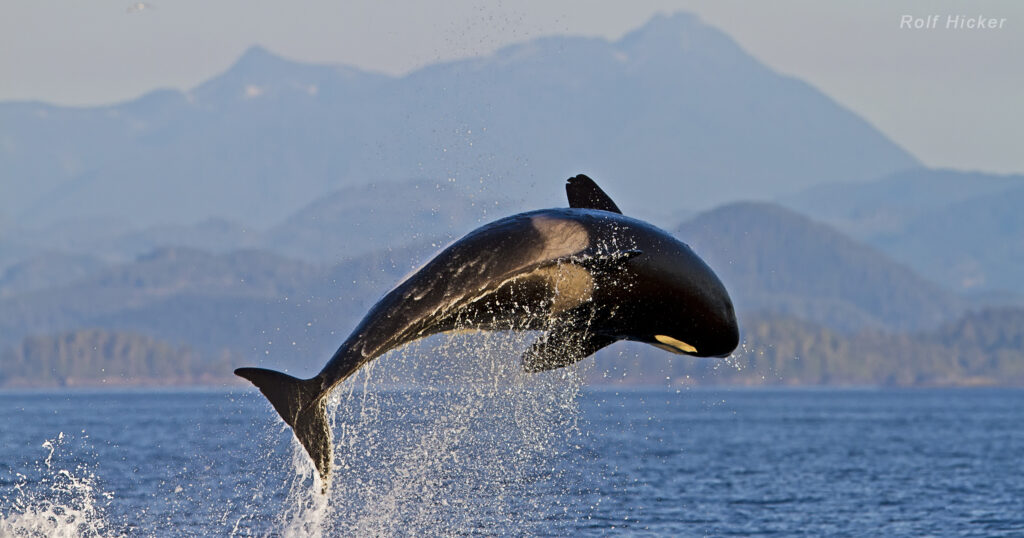
PRESENTS
The Orca (Orcinus orca)
The killer whale Orcinus orca or Orca, one of the most recognizable marine mammals in the ocean, is actually the largest member of the dolphin family. This carnivore resides in all the world’s oceans, primarily in colder temperatures like Antarctica, and has survived for around 5 million years! Thought to have evolved from land-dwelling mammals, Orcas are a keystone species of the marine world and continue to fascinate researchers.
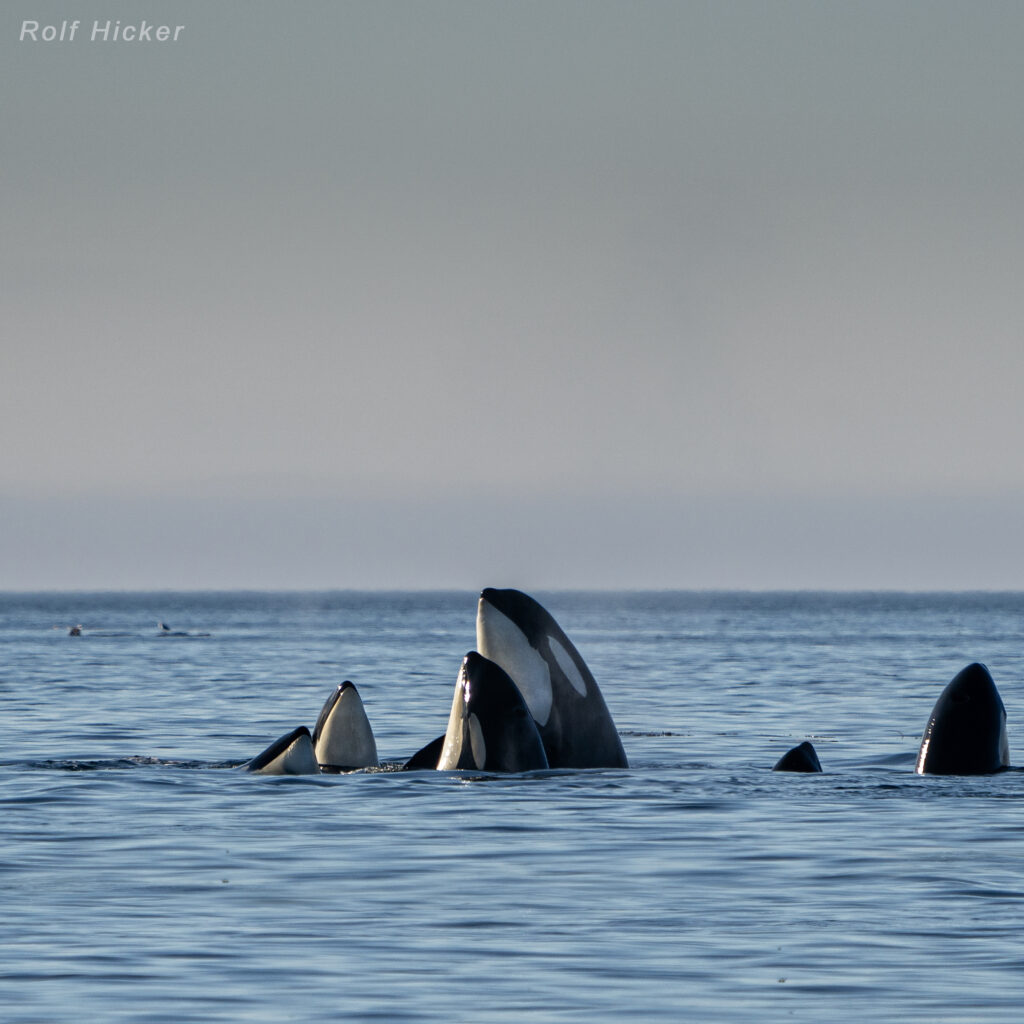
Appearance
Orcas are quite easy to identify in the wild and are known as an iconic species. They are bigger than other dolphin species but smaller than whales. You can recognize Orcinus orcas by the black coloration on their dorsal side and white underside, with white patches around their eyes. They have a large dorsal fin that juts out above the water, which has distinct white patches behind it, identifying each orca like a fingerprint. Male orcas are typically larger than females in this family, growing up to 32 feet.
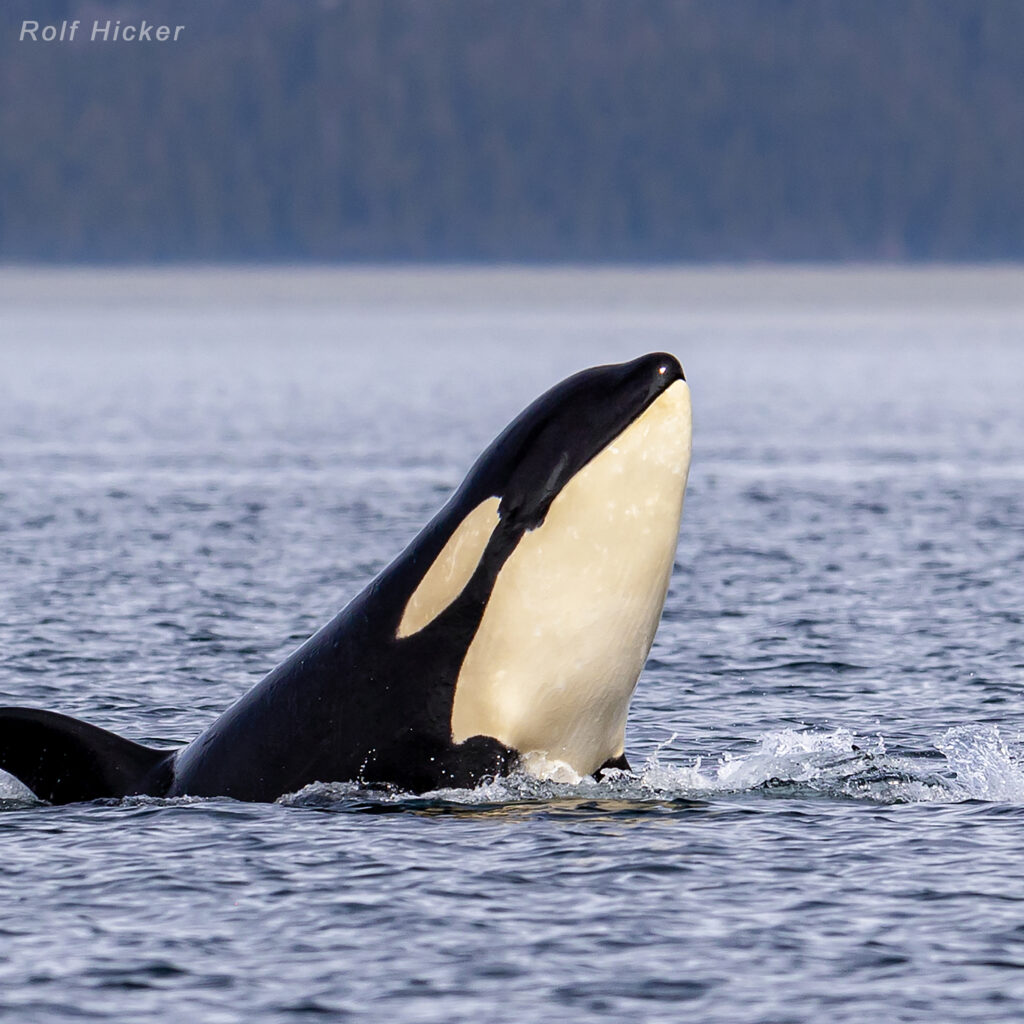
Behavior
Orcas are very social mammals that live in groups called pods. They demonstrate intelligence by coordinating hunting tactics and using echolocation to communicate through clicks, whistles, and pulsed calls. Each pod has its own set of unique vocalizations, which identify their family unit and diet. For example, a known pod in the Pacific Northwest primarily feeds on salmon, while another pod in the same area feeds on marine mammals and squid.
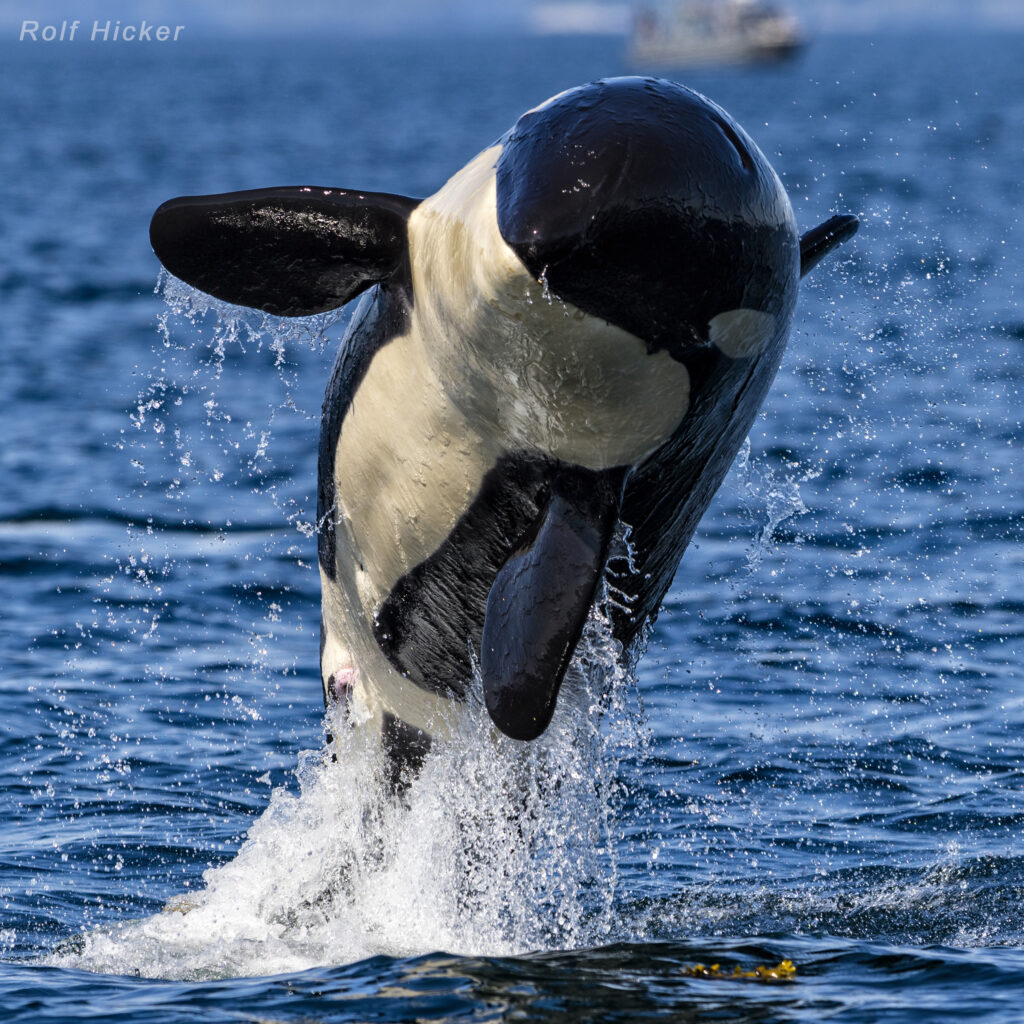
Evolution
Paleontological records reveal that orcas have morphologically changed over the years. Evidence suggests that ancient orcas had different dietary habits compared to modern ones. From an analysis of their teeth, research indicates that the orca’s mammal-based diet is relatively new. The minimal wear on ancient orcas’ teeth implies that they mostly ate fish, while modern orcas have much more damage and chips on their teeth. This is due to the tougher nature of the animals they consume, like seals and other marine mammals.
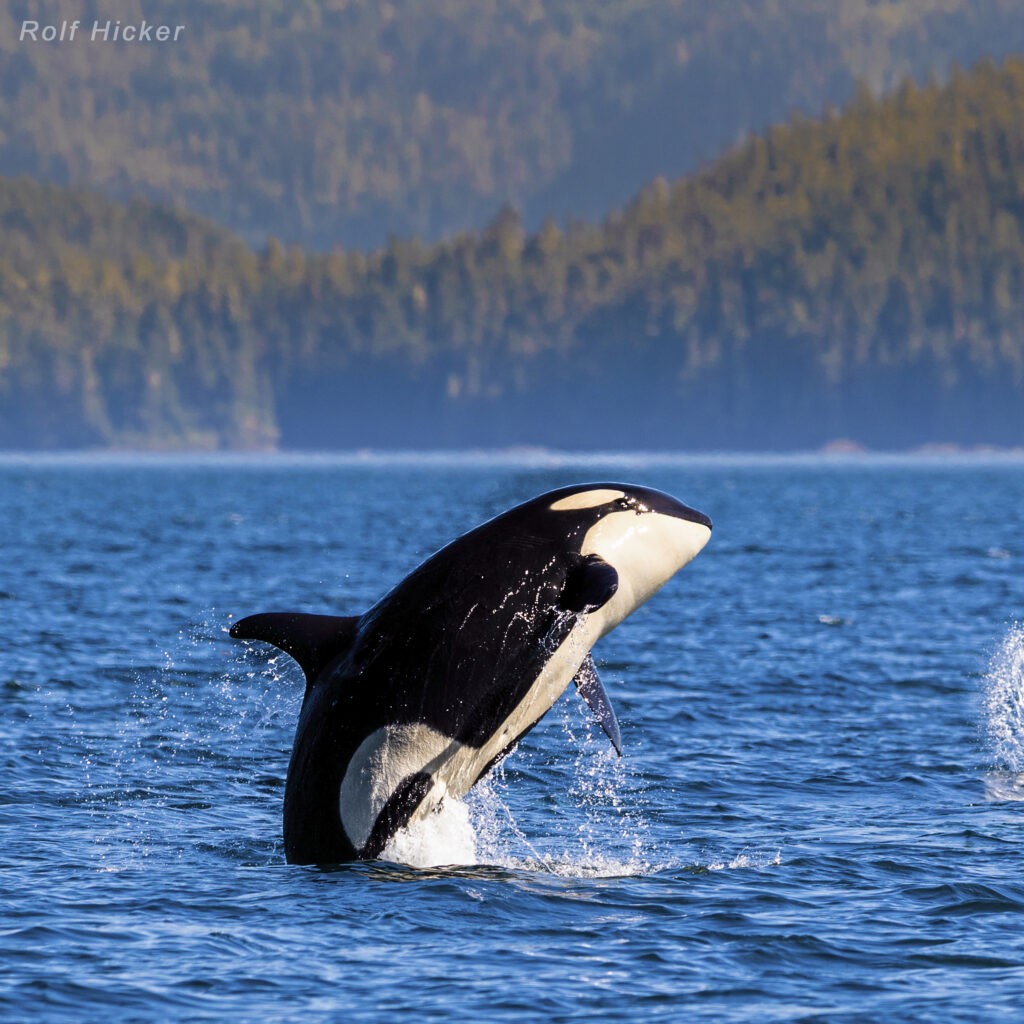
Conclusion
Orcas have always been culturally, ecologically, and economically important to the Pacific Northwest. With a global population of around 50,000, some regional areas of killer whales have become endangered, despite being under the Marine Mammal Protection Act. Due to lower salmon populations, disturbance from vessels, and pollution, southern resident orcas’ numbers are depleting. It is crucial to tackle these threats to guarantee that orcas can live for many more generations.
THE ORCA
– – –

Spectacular creatures roamed the earth in the time long before the history of man. Species alive so far in the past, the only traces we find today are bits of rock and stone. Ages faded to dust in the wind. Yet there are those who remain. We call them Primeval Survivors. Do these remnants of the past hold the secrets of the ages?


